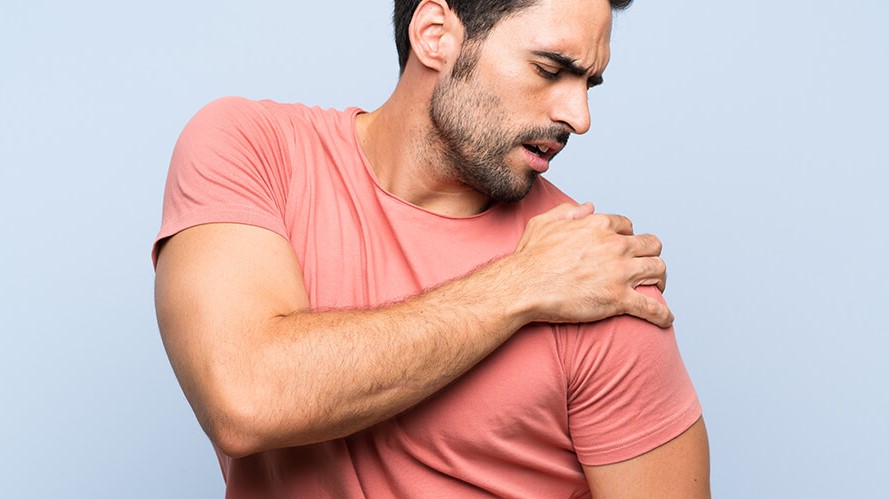Shoulder Fracture

A shoulder fracture is generally caused by a fall, direct blow to the shoulder, contact sport, or a road accident. Your shoulder is a joint bridging your arm to the body. It is constituted of three parts – the humerus or upper arm bone, the scapula or the shoulder blade, and the clavicle or collarbone. The proximal humerus (the upper end of humerus) has a ball-like shape connecting to the scapula’s socket, glenoid. If any of these parts go through disruption, the functionality of the shoulder gets affected.
In a shoulder fracture, the proximal humerus, shoulder blade, and clavicle go through injury restricting movement.
Shoulder Dislocation

A shoulder joint is a ball and socket kind joint that functions with the articulation of the humerus with the shoulder’s glenoid socket. In a dislocated shoulder, the humerus shifts out of the glenoid socket, causing pain, swelling and inflammation. Shoulder dislocation is of two types – Partial dislocation and complete dislocation. In partial dislocation, the upper end of the arm bone lies in the front or anterior side of the shoulder blade. Also called anterior dislocation, it is the most common type of shoulder dislocation.
In complete dislocation, the humerus is totally out of the glenoid socket. It is also called posterior dislocation.
Rotator Cuff Injuries

Degenerative tear involves the wearing down of the tendon. Repetitive stress, bine spurs, and lack of blood supply contribute to degenerative tear.
Frozen Shoulder “Stiffness”

The frozen stage includes improved pain but continues stiffness for 4-6 months. The thawing stage includes improved shoulder movements in a time of 6 months to 2 years.
Arthritis

The second joint is called the glenohumeral joint, the point where the head of the upper arm bone (humerus) meets the scapula.
Interventions
Important Links
Contact Us
Room No: 338, 3rd Floor
Yasodha Hospital
Somajiguda, Hyderabad.
+91 9456002345
drtdrreddy@gmail.com